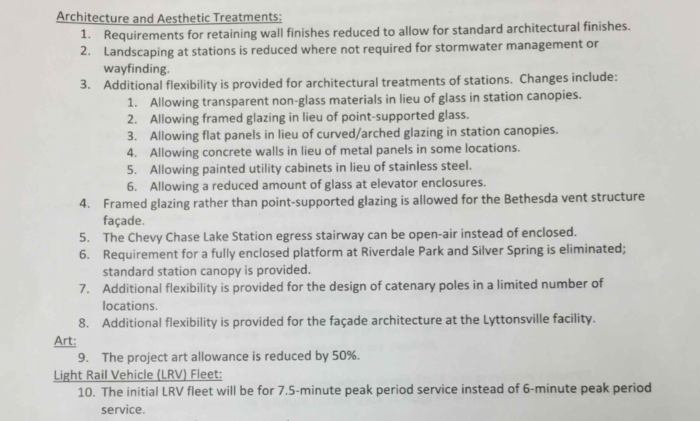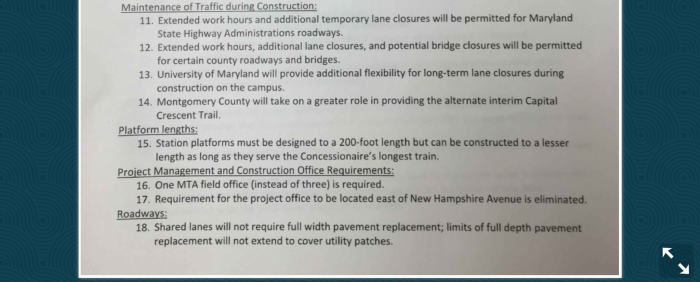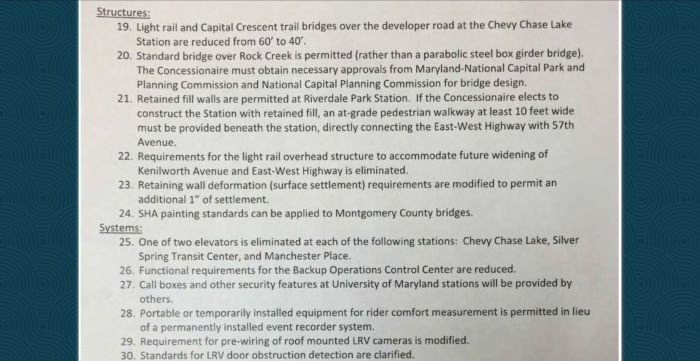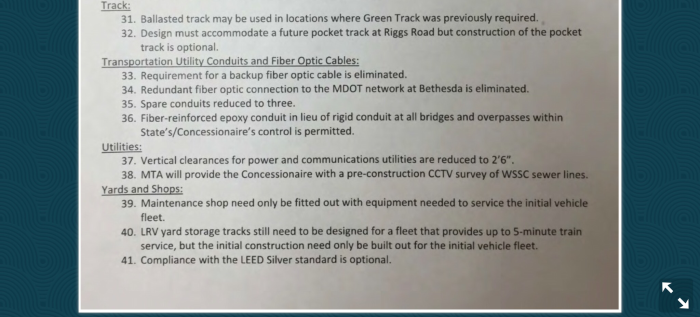I’m trying to understand how something so fundamental can take years to be recognized. Metro has a report out acknowledging that its reliability issues might be driving commuters out of using Metro (yes, yes, pun intended). What’s next? Snow is cold? Rain is wet? Sun is hot?
Metro, in an unusual acknowledgment, says breakdowns and other service failures appear to be contributing to a steady, years-long decline in ridership that is causing financial stress for the transit agency and could lead to fare increases.
The persistent drop in annual rail ridership since 2010 results not only from economic and lifestyle changes in the Washington region, according to a Metro budget report made public this week. The report cites “preliminary evidence” that “concern by customers over service quality and reliability” also is taking a toll on ridership.
The document — prepared as a revenue briefing to be presented to members of Metro’s governing board Thursday — includes an uncommonly candid recognition by the agency that subway performance woes have become so chronic that more and more commuters are abandoning the system, which has worsened Metro’s money problems.
When I came to DC in 1981 (yes, the year Reagan was inaugurated), Metro was barely five years old, the Red Line stopped at Dupont Circle, the Orange Line at Ballston, and the Blue Line at National Airport (where the unionized air traffic controllers still worked and the name of the airport hadn’t been hijacked yet).
Metro was gorgeous. The trains were pretty and clean, they ran on time, and the stations were lovely in a minimalist, Blade Runner sort of way. Everyone wanted to ride it. But 34 years of wear, tear and neglect of basic maintenance by all involved jurisdictions has brought us to the point where nobody wants to use it.
Most recently, in 2011 and 2012, my family and I (including a very sick wife) were left waiting for trains for between 45 minutes and an hour outside in the cold at New York Avenue on three separate occasions, the only times we tried to use it. I won’t use it any more because I can’t rely on it to any meaningful degree. I’d like to but I can’t trust it.
The fact that Metro is only now coming to grips with the idea that its maintenance problems and lack of reliability are costing it money is kind of shocking. I know commuters who stopped using it five, 10, 15 years ago. Hello?
I don’t know if we can fix it at this point. The investments required are massive but the long term failure to understand the breach of trust that was going on is worse. It’s sad, because the system was once the envy of the country and the world, and we let it fall apart right before our eyes.
I think about Metro a lot when I end up in discussions about the Purple Line now. It’s coming right through my civic association neighborhood, right down Wayne Avenue. When I see the state investment being lowered, and I see corners being cut right off the bat, before we even begin, and I read about the impact on the local residents, I think “are we just dooming ourselves to the same outcome?” It’ll be pretty, and people will use it for a while, and then it’ll fall apart because we haven’t invested sufficiently in maintenance and upkeep, and then we’ll be told that public transit doesn’t work and the neighborhood impacts and dislocations here in Silver Spring will have been for nothing, and I think surely there’s a better way but nobody is listening and I think about history repeating itself first as farce and then as tragedy and then I realize that I’m talking to myself in the park again and I really need to stop doing that.
You get the idea. What I’m asking is this: Isn’t there a better way?



